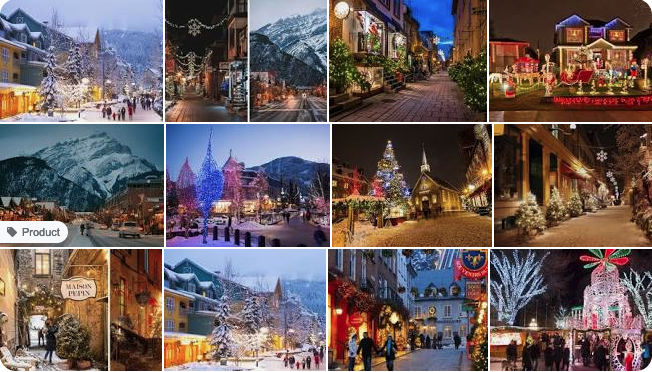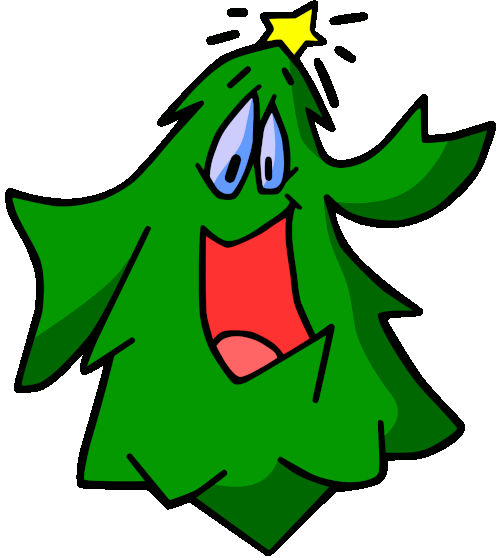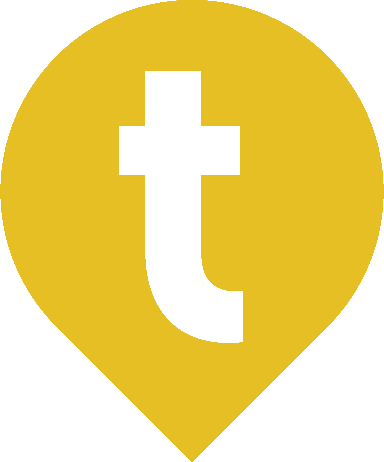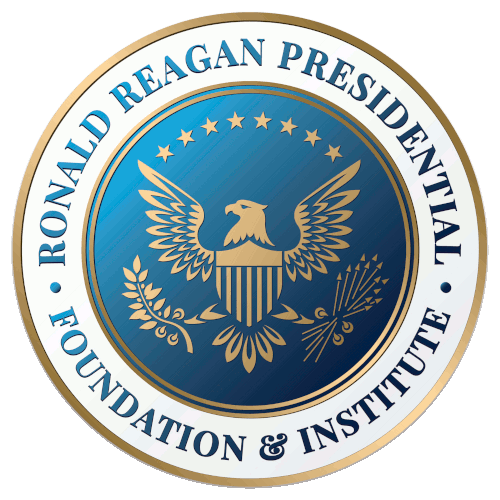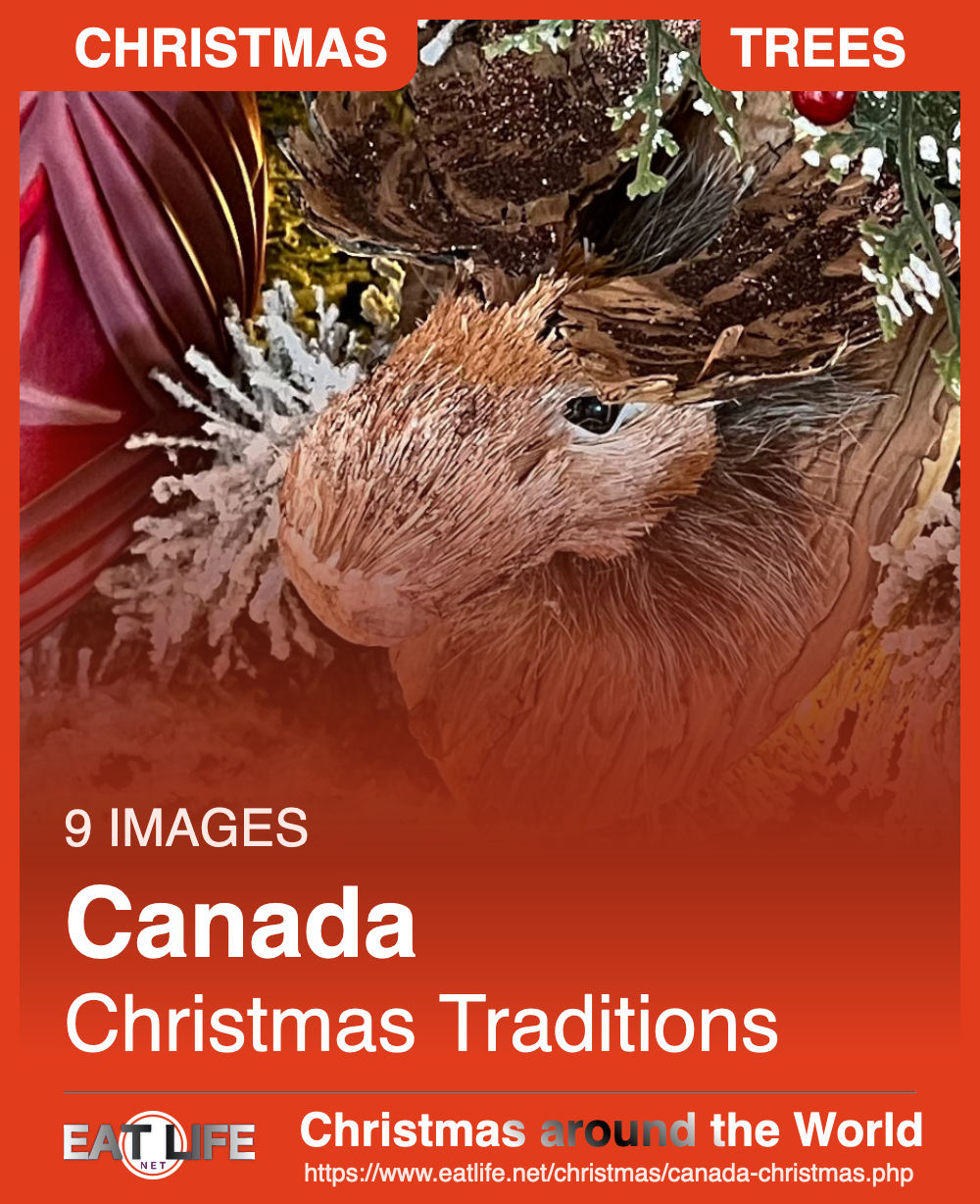CHRISTMAS:


https://www.google.com/maps/place/Qu%C3%A9bec+City,+QC,+Canada

| HOW TO SAY MERRY CHRISTMAS: | |
|---|---|
| In French | Joyeux Noel |
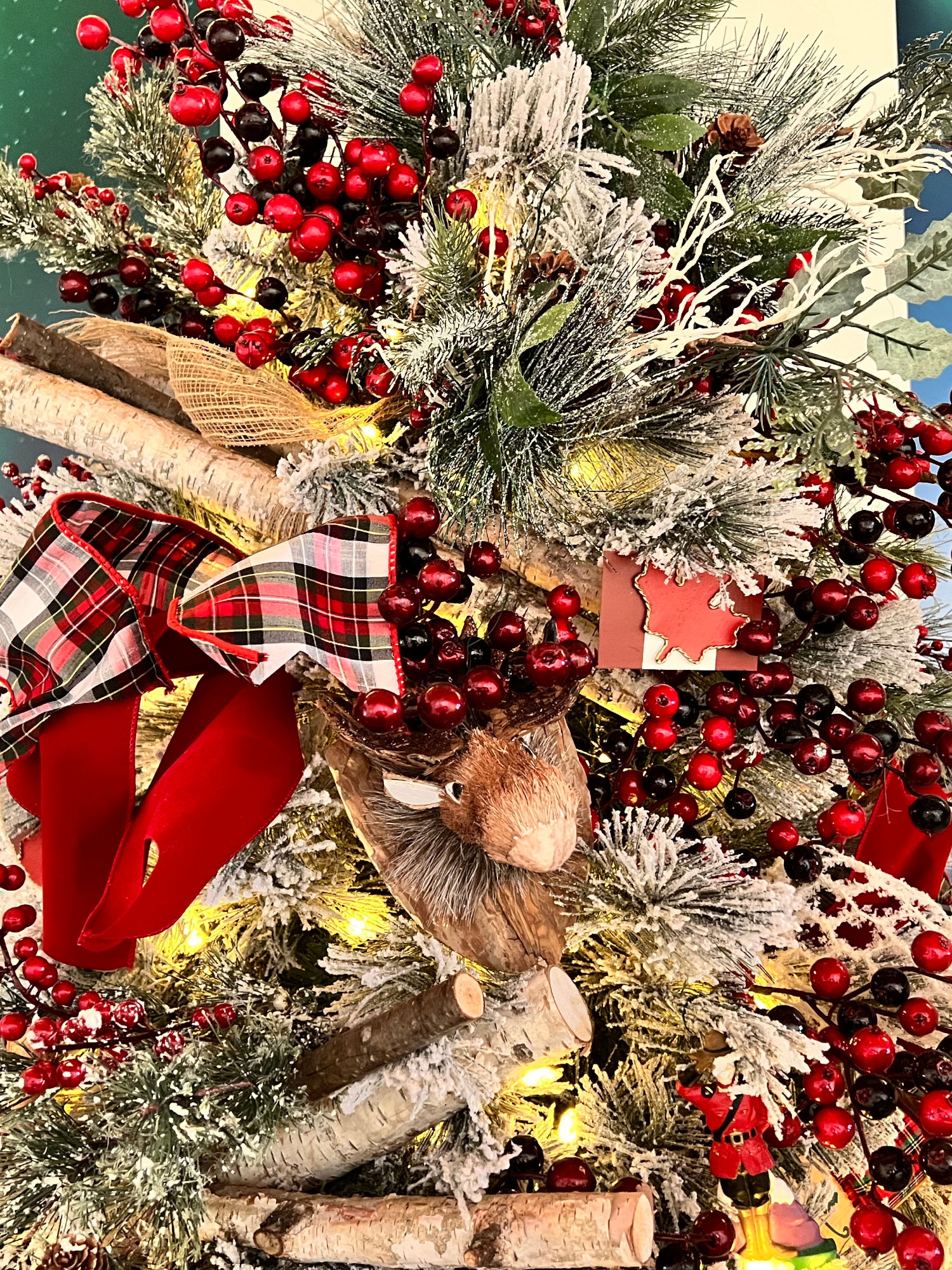
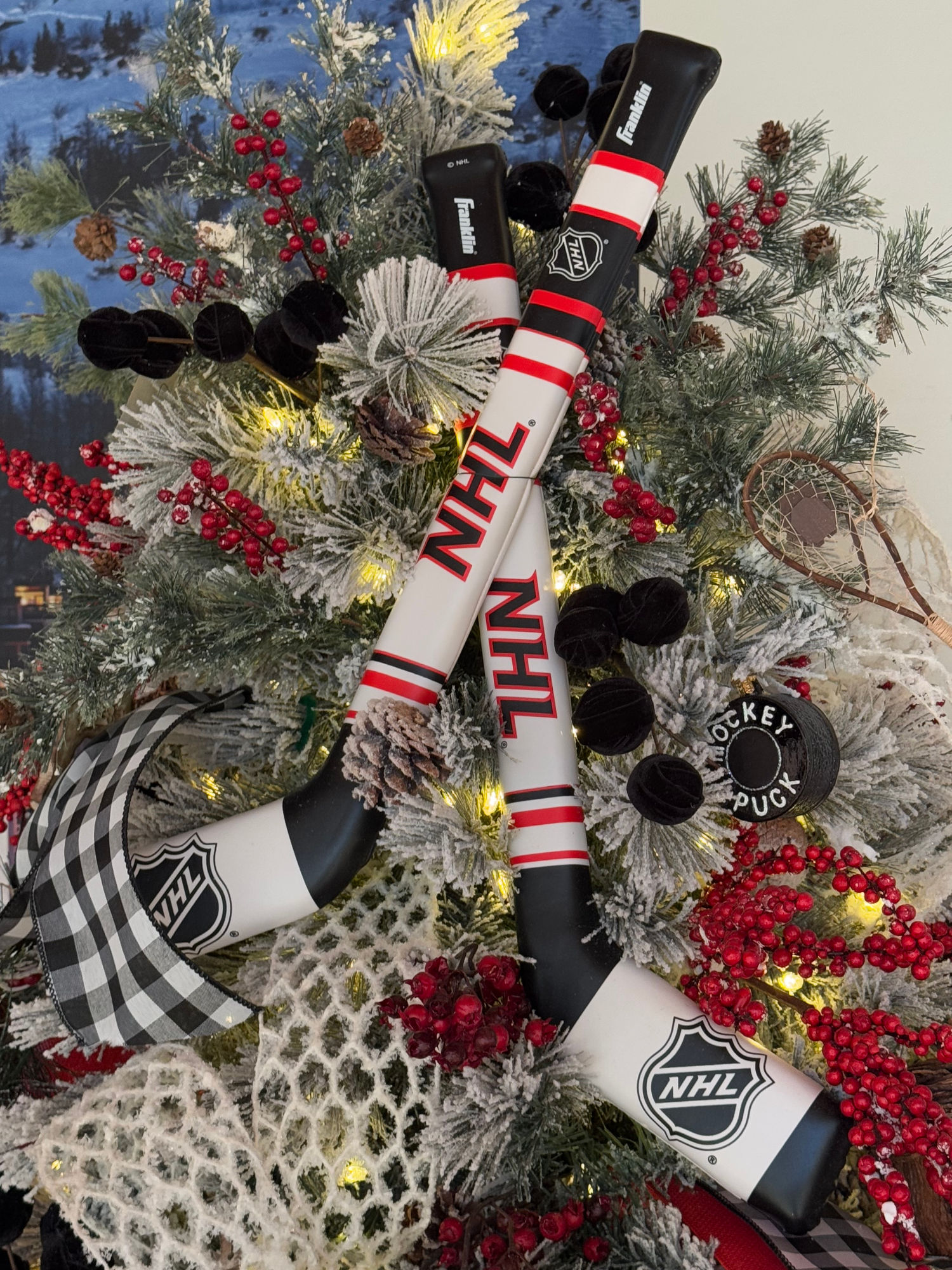

ALL THINGS CHRISTMASChristmas Traditions in Canada
The influence of Europe can be seen in Canadian Christmas traditions, in the celebrations and the various customs of the holiday. Many different cultures come together to form the traditional Christmas in Canada festivities. It can vary quite a bit from family to family, depending on their particular heritage. Canadian Christmas traditions can differ from region to region.Christmas in Toronto
Toronto has lots of festive cheer each year. The most iconic activity is skating at Nathan Philip's Square, which is right outside City Hall and is beside the Toronto official Christmas Tree.Toronto Christmas Market is an event that has become an annual tradition.
The market offers an incredible number of shopping and eating venues, which incorporate new merchants from over the territory offering German potato hotcakes, exemplary Quebec poutine, hand crafted fudges, hotdogs, Belgium waffles and that's just the beginning. Remember the warmed Beer Gardens too. Past the regular lighting and sentimental Christmas setting, fun exercises to do incorporate ferris haggle, the Distillery District strolling visit, a trek to Santa's home where children can take pictures with Saint Nick, and even your pets can get in on the photography fun with Santa - however just on Tuesday.
Ontario and other Provences
Traditionally, for the English Canadians, the Christmas traditions of Canada feasts usually include a turkey, roast goose or beef and plum pudding. The homes are decorated with pine bough and kissing balls. They also sing the ancient carols during the period. They also enjoy mince pies, Christmas Crackers, and other traditionally British Christmas icons.Christmas In Quebec
Starting at the end of November, Old Quebec is transformed into a real Christmas village, just like out of Charles Dickens's novel "A Christmas Carol". The German Christmas Market is an otherworldly place that wakes up in the core of Old Quebec, half a month prior to Christmas. It is a market intended to reproduce as intently as conceivable the climate of the enormous European Christmas markets and to offer you a one of a kind and remarkable experience. Find the best embellished boulevards and buildings and plan a stunning stroll. Lights, enrichments, and snow make an enchanting setting like no other inside Old Quebec. No big surprise CNN positioned Quebec City among the world's main 10 goals for commending the Holidays!The midnight mass is the central celebration of French Canadians on Xmas eve, where they display a nativity scene beneath a Xmas tree. After the mass, the family has a huge banquet as part of the Christmas traditions of Canada. Gift-giving occurs on New Year's Day.
Quebec Christmas foods could include the traditional Quebecois dish of tourtieres (meat pie) and other savory and sweet local delicacies. While the traditional Christmas Meal in the rest of Canada is more familiar Turkey, Potatoes, Stuffing and Veggies. We do sometimes have Ham, or Roast Beef, but not as common.
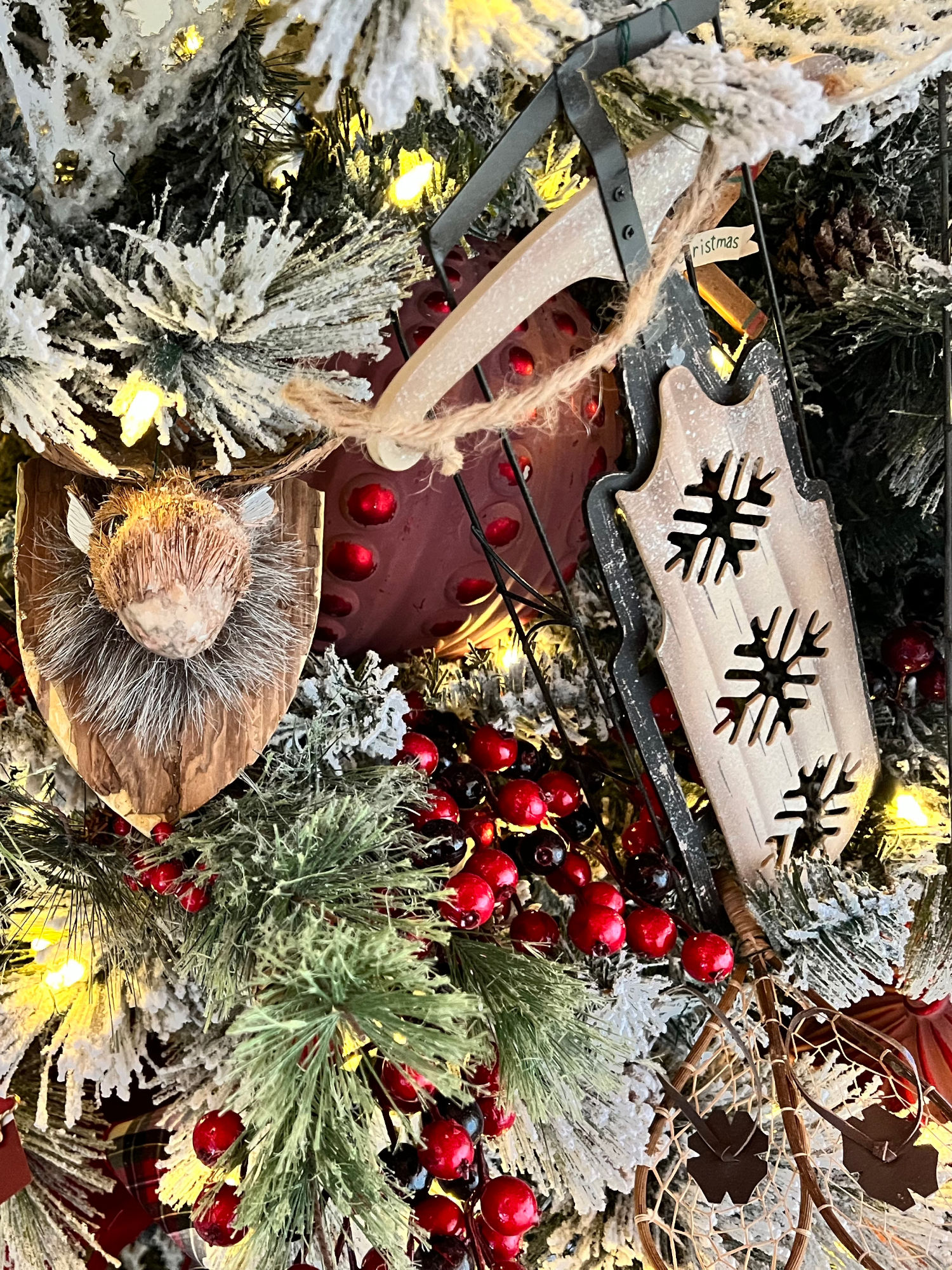

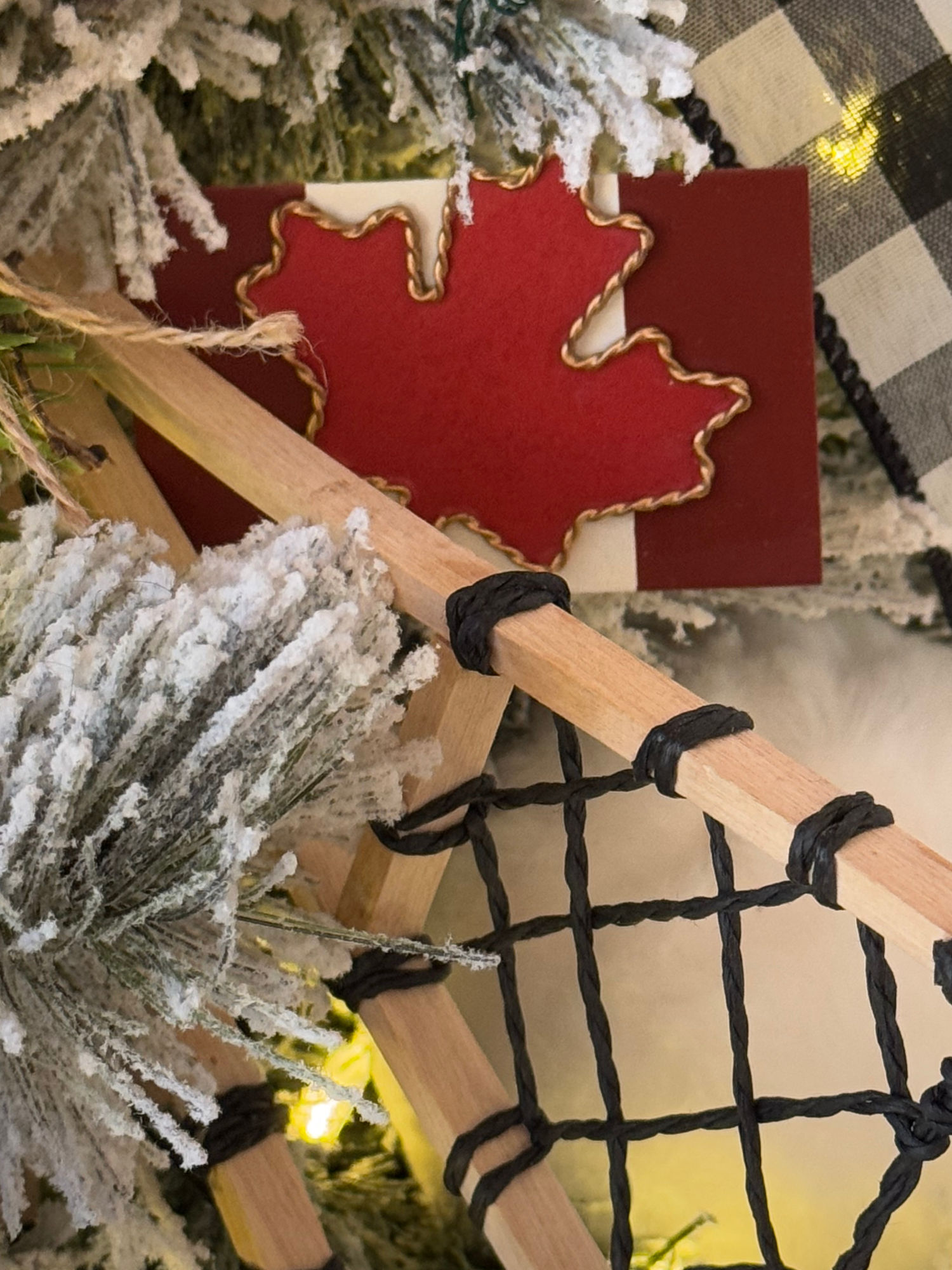

WHYCHRISTMAS.COMChristmas in Canada
Canada is a very large country and people of many different cultural backgrounds live there. Because of this, there are lots of different Christmas traditions in Canada. Many of the traditions and celebrations come from French, English, Irish, Scottish, German, Norwegian, Ukrainian and native/first nation influences.
- People in Canada send Christmas Cards to their friends and family.
- Many Canadians open their gifts on Christmas Eve. Some only open their stocking on Christmas Eve. Others choose one gift to open, then save the rest until Christmas Day.
- Canadians like to decorate their houses with Christmas Trees, lights and other decorations. There's often Christmas stockings hung by the fireplace, ready for Santa!
- The main Christmas meal is often roast turkey with vegetables and 'all the trimmings' like mashed potatoes and vegetables. Traditional favorite Christmas desserts include Christmas/plum puddings and mincemeat tarts. Christmas crackers are popular with many people in Canada as well. A rich fruit Christmas Cake is also normally eaten around Christmas time!
- However, people from different backgrounds and cultures have their own favorite foods at Christmas.
- Going skiing, skating and tobogganing are also popular if there's snow at Christmas!
- Canadian children also believe in Santa Claus. Canadians are especially proud to say that their country is the home of Santa Claus. (Although I'm sure the people in Finland would disagree!)
- The Santa Claus Parade in Toronto is one of the oldest and largest Santa parades in the world! It started in 1913 when Santa was pulled through the streets of Toronto. Children along the route followed Santa and marched along with him. It's been taking place for over 100 years and now is a huge event with over 25 animated floats and 2000 people taking part! It's broadcast on TV around the world.
- Sinck Tuck is a festival started by the Inuit that is celebrated in some provinces of Canada. This celebration consists of dancing and gift exchanging.
- The Eastern Canadian province of Nova Scotia is known all over the world for its fir and pine Christmas Trees, so most families in Canada have a fir or pine Christmas Tree. One Canadian tradition is to send the biggest, best fir tree (grown in Nova Scotia) to Boston, USA because of the assistance given during the disaster, known worldwide, as the Halifax Explosion. This tradition has carried on for many years. Bostonians always love and appreciate the Nova Scotian Christmas Tree. They place this tree in the city and then light it during a ceremony to begin the Christmas season.
- Mummering is a tradition which mainly takes place in the province of Newfoundland, more commonly in small towns and villages rather than large towns and cities. It's also sometimes called 'Jannying'. People dress up in costumes and knock on someone's door and say in a disguised voice, "Are there any Mummers in the night?" or "Any mummers 'loud in?'", meaning 'are mummers allowed in the house?' Then they sing and dance and have Christmas cake and a cup of something nice before moving on to the next house. In some places, if the host does not guess who the Mummers are, the host must join the Mummers in their merry-making. Going Mummering is a fun Christmas season activity for adults. Mummers usually come out between December 26th and January 6th (The 12 Days of Christmas). However, some come out only before Christmas Day. In some places Mummering is now banned because people used it as an excuse for begging. You can find out more about the history of Mummering in Newfoundland on the Live Rural Newfoundland and Labrador blog (goes to another site).
- On the south shore of Nova Scotia, over Christmas, there's the tradition of Belsnickeling where people dress up in funny Santa costumes and go from house to house until the home owners guess who you were. It was especially popular in West & East Green Harbour. The Belsnicklers often brought musical instruments and sang. They were served Christmas cake or cookies. This tradition was brought to Nova Scotia by the 1751 Germans immigrants who settled Lunenburg and South shore.
- In northern Canada, some people plan a Taffy Pull. This is held in honour of Saint Catherine, the patron saint of single women. This party provides an opportunity for single women to meet eligible single men!
- Labrador City in Newfoundland holds a Christmas Light-up Contest each year. People dress the outside of their houses up with lights and often have big ice sculptures in their front gardens! They have no trouble finding enough snow or ice, because Labrador City has about 12-14 Feet of snow every year!
- Many Canadian families have cookie-baking parties. They bring a recipe for Christmas cookies, bake them and then exchange them with the members of their family. Gingerbread people and houses are favorites, along with cheese straws. At the end of the party, each family goes home with a variety of different cookies to enjoy over the Christmas season.
- Many families of French descent have a huge feast/party on Christmas Eve called a 'Reveillon' that lasts well into the early hours of Christmas morning after taking part in Christmas Eve Mass. When people are at Midnight Mass, they hope that 'Pere Noel' (Santa) will visit their house and leave gifts for children under the tree. The traditional Christmas meal for people in Quebec, is a stew called 'ragout aux pattes de cochons' which is made from pigs feet! However, many people now have a 'Tourtiere', a meat pie made from venison (or pork or beef).
- A popular cake, especially in Quebec and for those of French decent is the Buche de Noel - a chocolate log.
- At the end of the Christmas season on Epiphany (Epiphanie in French), January 6th, people in the province of Quebec have a celebration called 'La Fetes des Rois'. They bake a cake and place a bean in the middle. Whoever is the lucky discoverer of the bean, gets to be the king or queen, according to tradition. This is similar to a tradition in Spain.
- In Southwestern Nova Scotia, many families eat lobster, a shellfish caught off the shores of Nova Scotia in the North Atlantic Ocean, on Christmas Eve.
- In the 'Maritimes' (the Eastern Canadian Provinces of New Brunswick, Nova Scotia, and Prince Edward Island) at Christmas sweets called Barley Candy and Chicken Bones are very popular. They are made by local candy companies. Barley Candies are usually made on a stick (a bit like a lollipop) and are shaped like Santa, reindeer, snowmen, a Christmas tree and other symbols of Christmas. Chicken Bones are pink candy that tastes like cinnamon with a chocolate filling. You melt them in your mouth and once melted, the chocolate comes out!.
- There is a large Ukrainian community in Canada (the third largest in the world following Ukraine and Russia). Canadian Ukrainian families will have the traditional 12 meal dishes for Christmas.
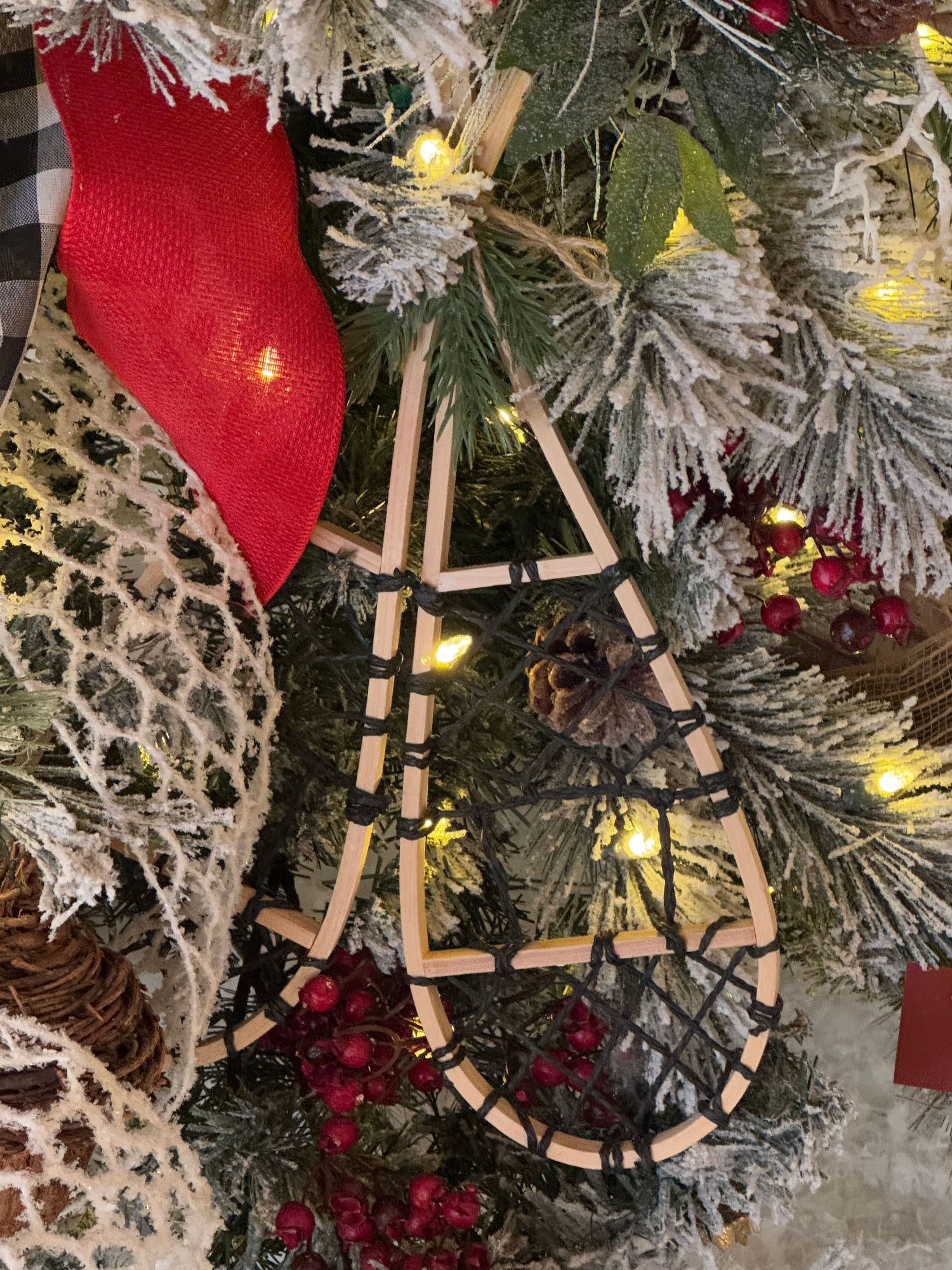
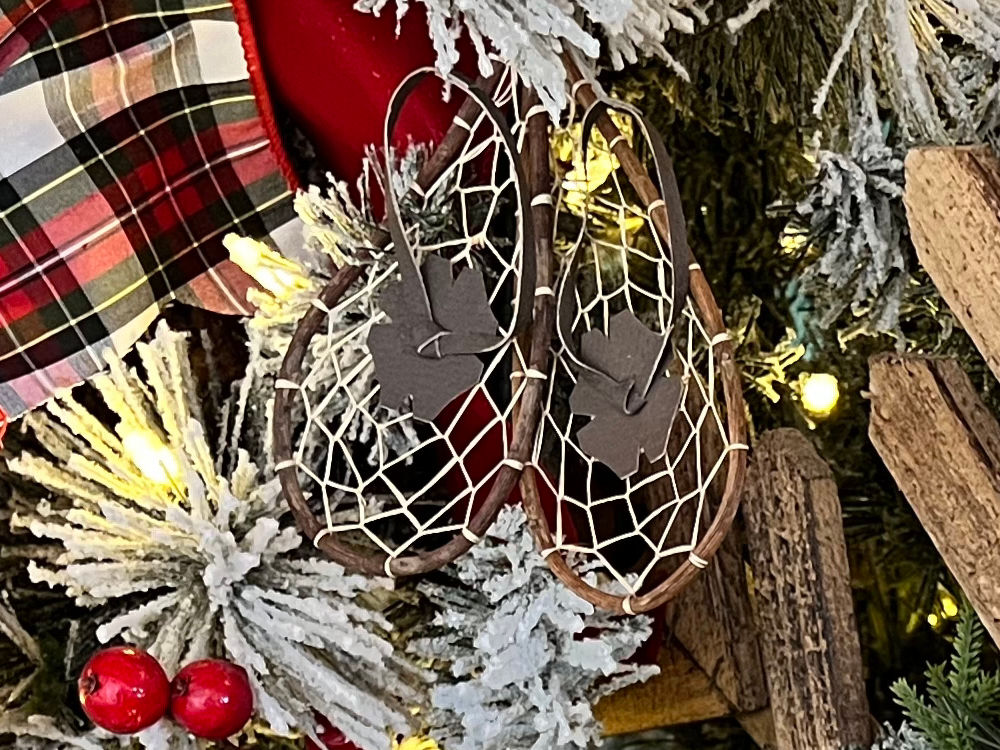
Culture TripCanadian Christmas Destinations
Canada in wintertime is a true fairy tale wonderland; the cities glow with Christmas lights, and snow-covered trees line streets. From large cities like Ottawa and Montreal to smaller towns like Whistler, British Columbia, celebrate an unforgettable Christmas in these beautiful Canadian spots.Montreal
The French influence on Montreal gives it a European feel, which is especially visible during the winter months and the Christmas period. During the annual Santa Claus Parade, a historic celebration dating to 1925, the streets of Montreal fill with fairs and weekly fireworks and skating rinks are set up for the delight of both children and adults. To warm up from being outside in the Canadian weather, you can have hot chocolate, candied chestnuts, or other delicacies, which are sold on the festive streets. And celebrating the winter festivities in Montreal will almost surely guarantee a white Christmas!Vancouver
Most of the Christmas season events in Vancouver take place in the city’s parks and natural areas. Stanley Park is transformed into the miniature North Pole, while decorated ships cruise along the port at the Carol Ships Parade of Lights Festival. The Capilano Suspension Bridge Park is filled with Christmas lights and decorations – a whimsical winter wonderland where you can enjoy festive activities like decorating cookies. Further up north, on Grouse Mountain, you will find a reindeer farm and a Santa house.Saskatoon
Saskatoon, a city in central Canada, is famous for its icy cold winters, but around Christmas time the atmosphere warms up with various festivals and markets. Outdoor and indoor activities offer a variety of options for enjoying this frost-filled city in December. From ice skating on the rink at the PotashCorp Plaza to the soup cook-off at the WinterShines festival, you’ll surely enjoy the wintry atmosphere in Saskatoon. A leisure walk around downtown and the Saskatchewan river, under the sparkling winter lights, will reveal the true natural beauty of this Canadian town.Quebec City
Winter time in Quebec City is always good both for city lovers and outdoor enthusiasts. The city is filled with Christmas decorations, lights, and nativity scenes, while the surrounding areas offer skiing, hiking, or snowshoeing activities. You’ll get to experience the ‘haven for environmentally friendly.’ An evening of stories from Charles Dickens for the entire family or a stroll through the German Christmas Market downtown – where you can taste roasted chestnuts! – are just a couple of the countless options Quebec offers in wintertime.Victoria
The old-fashioned Christmas spirit is present in this small town, the capital of British Columbia. Victoria is packed with plenty of activities for the wintertime, from the Christmas music played in the Market square to the lighted ship parade along the Inner Harbour. Grab a cup of mulled wine or hot chocolate and go see the annual Christmas Parade at the beginning of December; Santa himself might make a presence. Shopping for Christmas gifts on the cobblestone streets or admiring the decorations of the Festival of Trees are some other ways you can live the festive spirit in Victoria.Ottawa
The winter season finds Ottawa, the capital of Canada, covered with elaborate, festive decorations. The government buildings are lit with Christmas lights by the prime minister himself, in an ‘illumination ceremony’ that launches the winter celebrations with Christmas carols and hot chocolate. Christmas parades take place in the city beginning near the end of November, with Santa going on a sleigh ride throughout the city, meeting kids and handing out presents. As the city is filled with snow and the lights are twinkling, you’ll feel that special winter spirit in Ottawa.Edmonton
The capital of Alberta province, Edmonton, is big on Christmas celebrations. The residents of the Candy Cane Lane decorate their homes with dramatic lights and ornaments. The locals and tourists alike go on a traditional tour to see the fairy tale display of Christmas wonder. You can even take a horse-drawn sleigh ride along the Candy Cane Lane to get in the winter spirit.Toronto
One of the most festive destinations for Christmas not only in Canada but worldwide, Toronto holds one of the largest Santa Claus parades in the world. Complete with marching bands, kiosks for food, and a cavalcade of lights, the parade runs through the entire city of Toronto. The festival kicks off with the lighting in front of City Hall of a towering Christmas tree, the sign that the winter spirit will spread through the biggest city in Canada.Niagara Falls
Best known for its impressive, picture-perfect waterfall, the city of Niagara Falls also celebrates the Christmas season with lots of raves. The most striking celebration is the Winter Festival of Lights, in which the waterfall is lit for a spectacular view. The city is filled with more than three million lights and in conjunction with the United States, it lights up the world’s largest Canadian/American flag. The fireworks taking place every week over the falls complete the magic of Niagara in the wintertime.Whistler
The ski resort Whistler, located north of Vancouver, turns into a winter wonderland around Christmas time. Its privileged location, in the middle of the Pacific Coast Mountains, and a rather small size make this village an idyllic location in winter. It is filled with glittering lights, decorated Christmas trees, and snow sleighs that pass by, their bells jingling. There are lots of activities for any taste, and events like the Fire & Ice Show will keep your days full in this popular Canadian winter resort.Calgary
The official Christmas season starts in Calgary quite early, in November, with a series of markets and festivals. Walk through the wintry atmosphere filled with lights and decorated trees, listen to Christmas carols, and find some unique gifts. Inside shows are an alternative to the celebrations on the cold streets. From ballets for children to holiday theater productions like A Christmas Carol, they will warm up the locals and tourists visiting Calgary during wintertime.
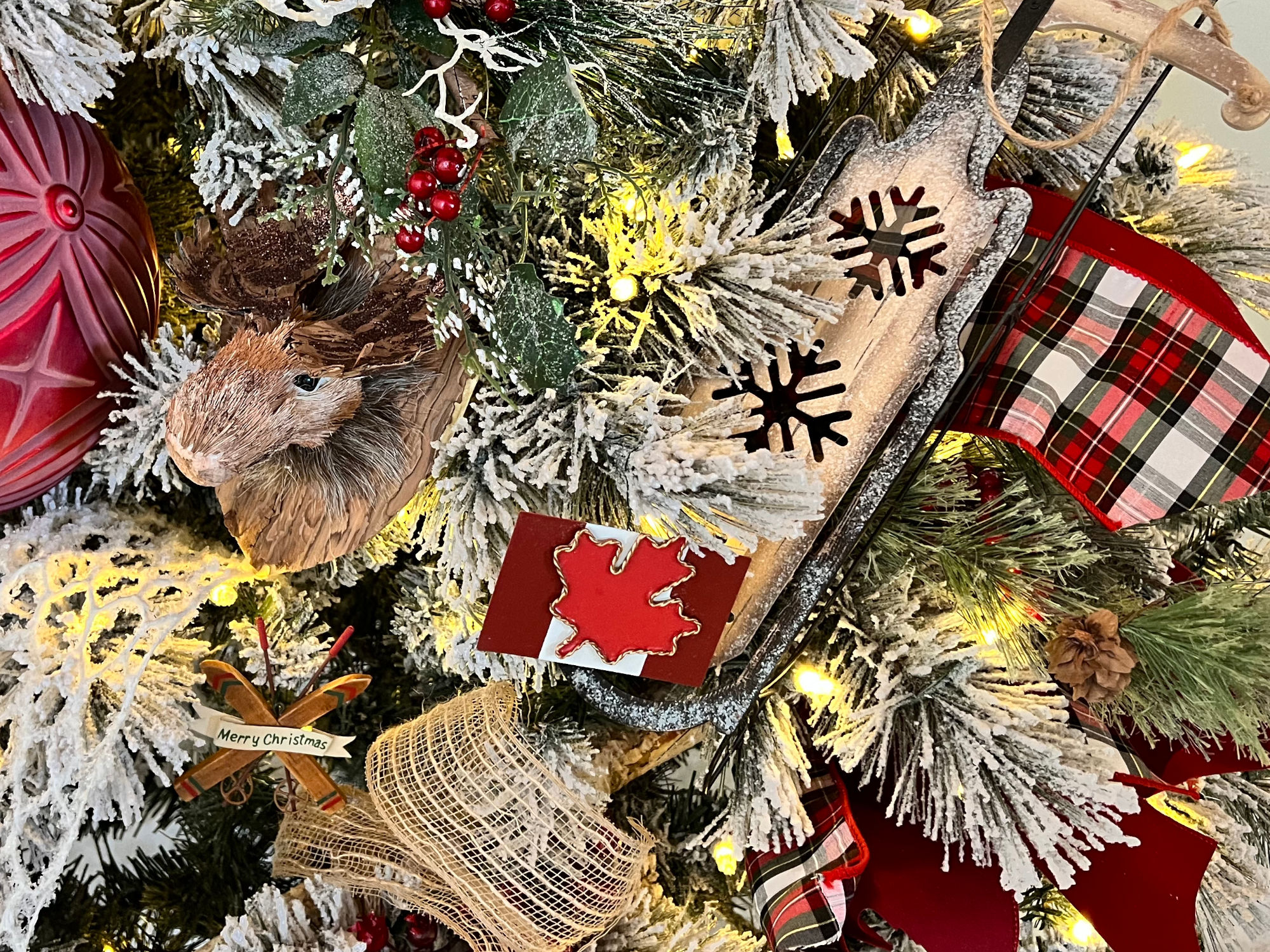
Trip SavvyChristmas in Canada
Celebrated in much the same way as it is in other Western countries. As it is across the globe, Dec. 25 is the official holiday in Canada, with many Canadians also taking time off on the afternoon of the 24th (Christmas Eve) as well as Boxing Day, which is celebrated on the 26th.Canada is a multicultural country, so many other holiday traditions aside from Christian ones are observed in December and throughout the year. Hanukkah celebrations are widespread, especially in Toronto and Montreal where there are large Jewish populations. On Christmas Day, pretty much everything in the way of retail and services is closed, except for the occasional convenience store. If you're looking for a bar or restaurant for a good holiday meal, a hotel is a good bet.
Christmas Eve is the last chance to get Christmas shopping done, with most stores staying open until 5 p.m. or 6 p.m.; lots of people leave work for the day by noon or shortly thereafter.
Canadian traditions include decorating a Christmas tree and exchanging gifts. On Christmas Day, a special meal is prepared; it often consists of a roast turkey, seasonal vegetables, mashed potatoes, and gravy. Traditional favorite Christmas desserts reminiscent of England include Christmas plum puddings, mincemeat tarts, and rich fruit cake. Christmas crackers, which are packaged tubes that contain small items like gifts and paper hats, are popular favors.
On Dec. 26, Canadians shake off their food comas and hit the malls for Boxing Day, the biggest shopping day of the year, when stores slash prices in an effort to attract holiday shoppers.
Travel Around Christmas
The week between Christmas and New Year's is a popular time to travel in Canada. Lots of people head for southern climates or across the country for a holiday visit. If you're looking for a travel bargain, consider flying on Christmas Day, New Year's Eve, or New Year's Day. Flight fares peak the weekend before and the days after Dec. 25, and again on Jan. 2.Public transportation in Canada over the Christmas holidays will most likely be operating on a reduced schedule on Christmas Eve, Christmas Day and Boxing Day, and New Year's Day.
Holiday Weather
Be prepared for cold weather if visiting Canada over Christmas; however, the climate does vary from west to east coast, with Vancouver in British Columbia as a whole being much milder and wetter.In popular destinations such as Toronto and Montreal, located in southern Ontario and Quebec respectably, the weather is much harsher and snowfall can be dramatic. You'll want to pack plenty of warm clothing-including a winter coat, waterproof boots, hat, gloves, and thermal underwear-plus UV-blocking sunglasses to protect against winter glare. If you're planning to drive, be sure to take extra precautions, such as packing an emergency kit and refreshing yourself on winter driving techniques.
Christmas in Canadian Cities
Christmas parades are popular holiday celebrations in Canada, and most major cities across the country hold a Santa Claus Parade in November, with some spilling over into December. Festivals of lights are popular events, too, and set many Canadian cities aglow.But while Christmas traditions are similar right across the country, each city has its own unique spin on them. Be sure to check local listings to keep up-to-date on city-specific parades, light festivals, Santa Claus sightings, and Boxing Day sales.

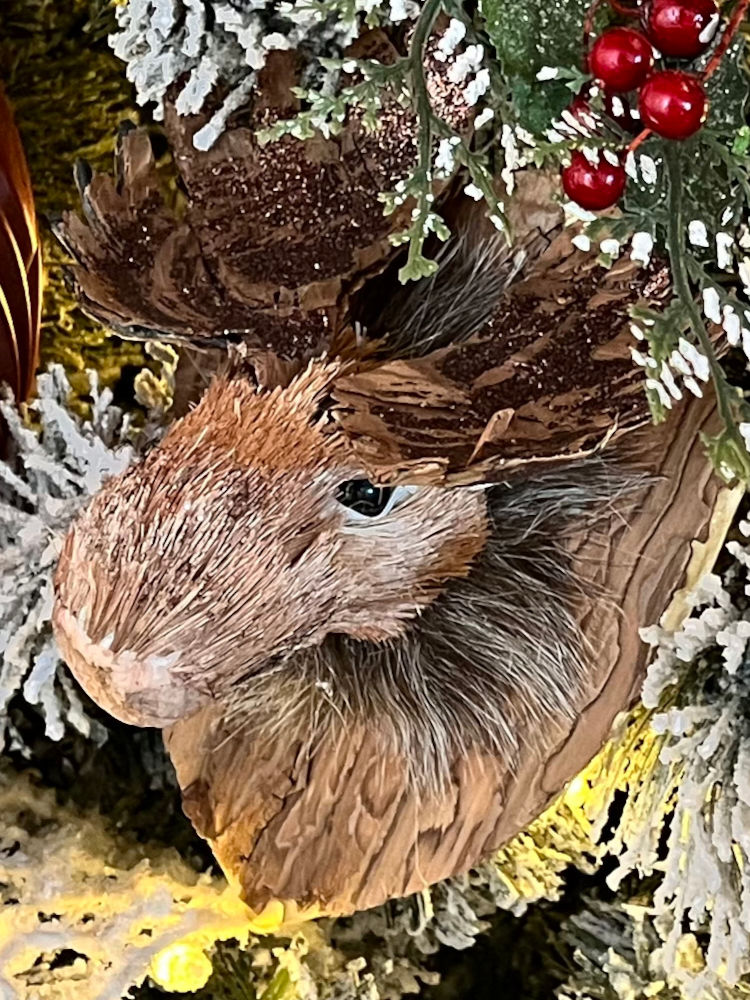
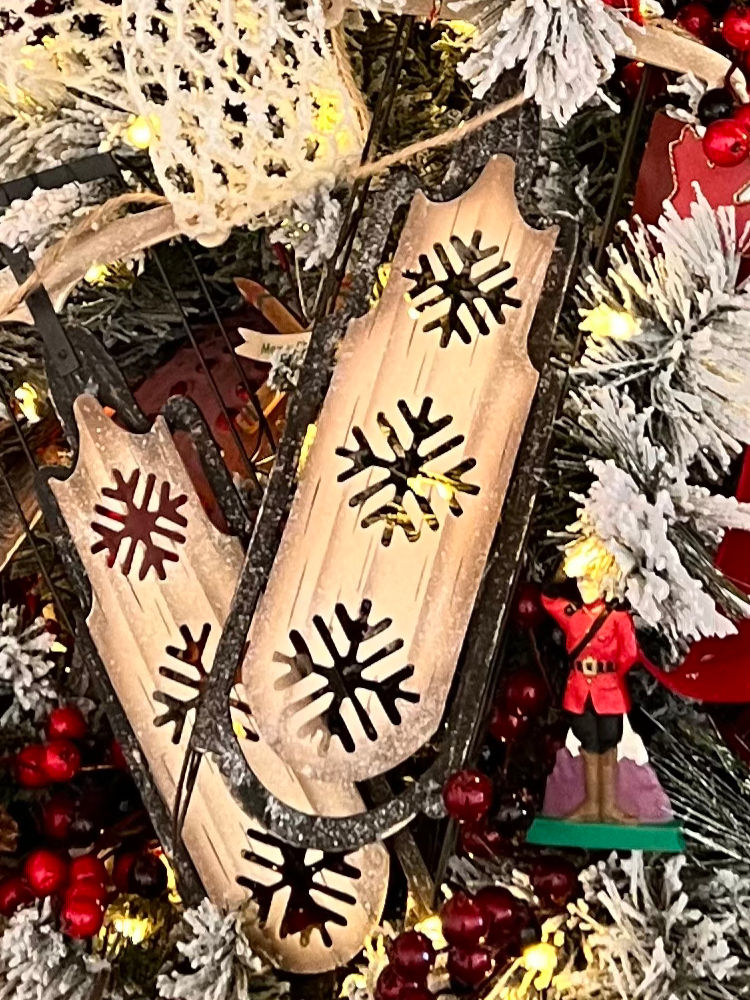
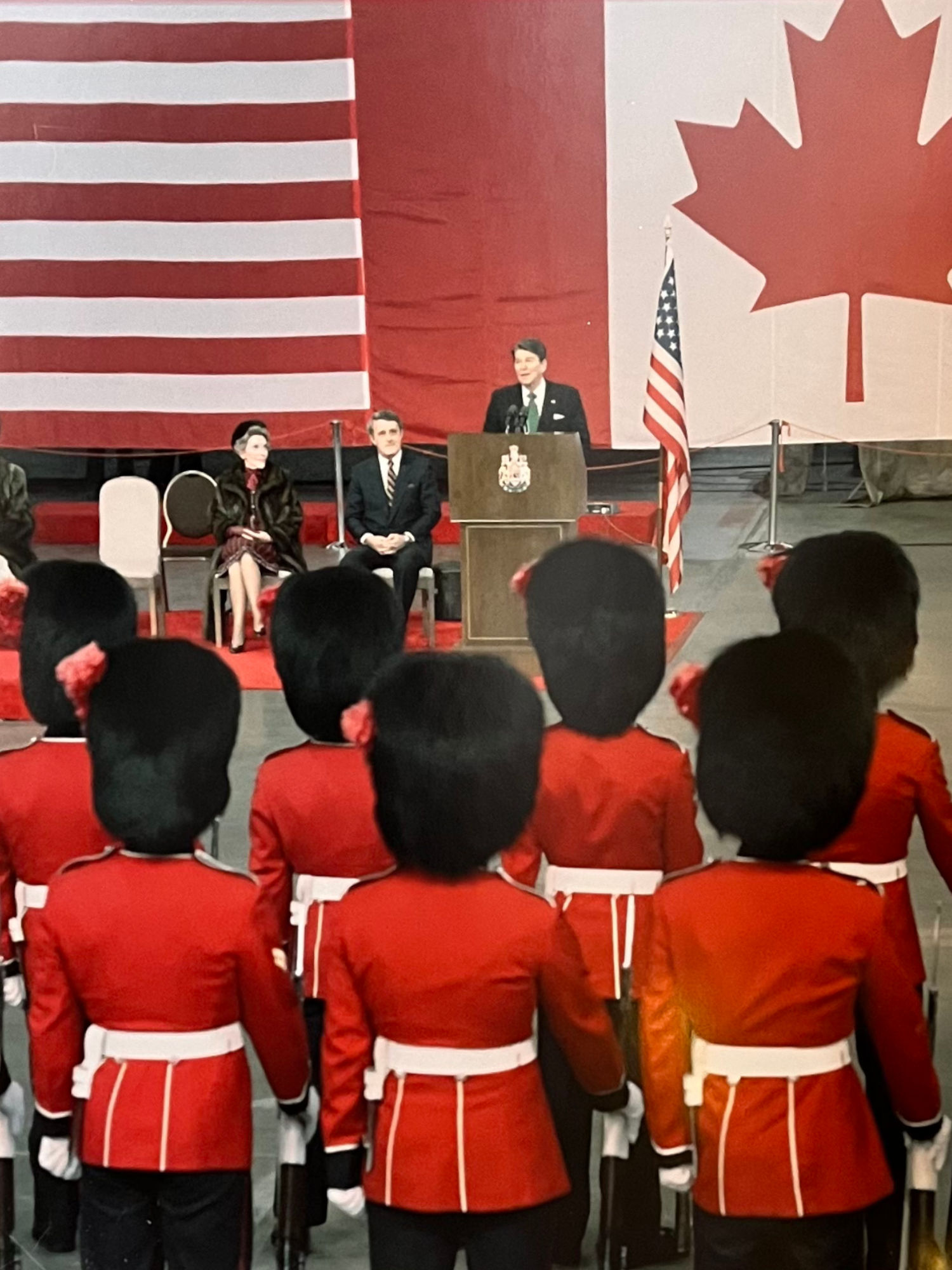
The first trip outside of the United States during President Reagan's second term came at the invitation of Canada's Prime Minister Brian Mulroney. Arrival ceremony in Quebec City, Canada.
Reagan's Daily DiarySunday, March 17, 1985
Off to Canada wearing a green tie. The press is calling the meeting with P.M. Mulroney-the Shamrock summit. It was a 1 1⁄2 hr. flight-we were met by P.M. Mulroney & his lovely wife Mila. There was a ceremony in the hangar-inspection of troops & all and then to the hotel overlooking the ice choked St. Lawrence river. It was cold. Brian & I had a good talk on the way to town. The ladies were in a separate Limo.At the hotel he & I had a meeting one-on-one & then a press appearance where we made statements re acid rain. He told me of his meeting with Gorbachev in which I was the subject of conversation. I must say he is truly a friend-he went to bat for me with our Soviet friend in no uncertain way.
Sunday evening-St. Pat’s day and a very nice dinner party then on to an auditorium for an evenings delightful entertainment.
Key Facts
- President Reagan travels to Canada where he is greeted by Prime Minister of Canada Brian Mulroney.
- President Reagan discusses Prime Minister Mulroney's recent meeting with General Secretary Mikhail Gorbachev.
- President Reagan agrees to a joint study with Canada on acid rain.
Ronald ReaganRemarks at the Welcoming Ceremony in Quebec City, CanadaMarch 17, 1985
Prime Minister, Mrs. Mulroney, thank you very much. Premier and Mrs. Levesque, distinguished ladies and gentlemen, and my friends, the people of Canada, it's a great pleasure to be here, for to be on Canadian soil is to be among friends, and Nancy and I are happy to return here.
Et nous sommes heureux que notre voyage nous permette de venir dans cette belle ville de Quebec. [And we are happy that our trip takes us to this beautiful city of Quebec.] Quebec is one of the most intriguing spots on the continent. Here New France was founded. Here French is the language of commerce, the arts, and everyday life. Here English Canadians and French Canadians came together over a century ago to set the foundations for a country in whose Parliament both French and English would be spoken. And here the Citadel and the walls of the old city remind us that Canadians and Americans long ago put aside their differences to become friends. In fact, we're more than friends and neighbors and allies; we are kin, who together have built the most productive relationship between any two countries in the world today.
This is my first trip outside the United States since I was sworn into a second term. Four years ago I took my first trip as President, and then, too, I came to Canada. And this is not a coincidence. For the United States there is no more important relationship than our tie with Canada. We're each other's most important economic partner. We each play an important role in world affairs. We share a responsibility for the protection of the continent that we peacefully share. We have a joint stake in its environment. And we're partners in space and in the technologies of the future.
Between two such independent and sovereign countries there will always be some differences, as there will always be opportunities for agreement. We can still use what Franklin D. Roosevelt, our last American President to visit Quebec City while serving at the White House, called for between us. He asked for frank dealing, cooperation, and a spirit of give-and-take. That's precisely what your Prime Minister and I will be engaged in here in Quebec. We will discuss many matters pertaining to the environment, economic growth, and our mutual security. We will discuss global affairs, including arms control.
We will also be celebrating St. Patrick's Day. For two fellows named Reagan and Mulroney, this would seem to be appropriate. I know a number of people today, including myself, are wearing green ties. But I will really make my contribution this evening at dinner. I'm going to think of the Prime Minister's majority in Parliament and turn green with envy. [Laughter]
It's wonderful to be here. Thank you. Merci beaucoup.
NOTEThe President spoke at 3:15 p.m. in Gouvernement du Quebec Hangar, L'Anceinne Lorette Airport, where he was accorded a formal welcome with full military honors. In his opening remarks, the President referred to Premier Rene Levesque of Quebec Province. Following his remarks, the President went to the Chateau Frontenac Hotel, where he met with Prime Minister Brian Mulroney.
WIKIPEDIACanada
A country in North America. Its ten provinces and three territories extend from the Atlantic Ocean to the Pacific Ocean and northward into the Arctic Ocean, making it the world's second-largest country by total area, with the world's longest coastline. Its border with the United States is the world's longest international land border. The country is characterized by a wide range of both meteorologic and geological regions. It is a sparsely inhabited country of 40 million people, the vast majority residing south of the 55th parallel in urban areas. Canada's capital is Ottawa and its three largest metropolitan areas are Toronto, Montreal, and Vancouver.
- Indigenous peoples have continuously inhabited what is now Canada for thousands of years.
- Beginning in the 16th century, British and French expeditions explored and later settled along the Atlantic coast.
- As a consequence of various armed conflicts, France ceded nearly all of its colonies in North America in 1763.
- In 1867, with the union of three British North American colonies through Confederation, Canada was formed as a federal dominion of four provinces. This began an accretion of provinces and territories and a process of increasing autonomy from the United Kingdom, highlighted by the Statute of Westminster, 1931, and culminating in the Canada Act 1982, which severed the vestiges of legal dependence on the Parliament of the United Kingdom.
- Canada is a parliamentary democracy and a constitutional monarchy in the Westminster tradition. The country's head of government is the prime minister, who holds office by virtue of their ability to command the confidence of the elected House of Commons and is "called upon" by the governor general, representing the monarch of Canada, the head of state.
- The country is officially bilingual (English and French).
- It is very highly ranked in international measurements of government transparency, quality of life, economic competitiveness, innovation, education and gender equality.
- A developed country, Canada has a high nominal per capita income globally and its advanced economy ranks among the largest in the world, relying chiefly upon its abundant natural resources and well-developed international trade networks.
- Canada is recognized as a middle power for its role in international affairs, with a tendency to pursue multilateral solutions. Canada's peacekeeping role during the 20th century has had a significant influence on its global image.
- By total area (including its waters), Canada is the second-largest country in the world, after Russia. Canada has the world's longest coastline of 151,019 miles. It also shares the world's largest land border with the United States.
- The world's northernmost settlement is the Canadian Forces Station Alert, on the northern tip of Ellesmere Island-latitude 82.5 N - which lies 508 miles from the North Pole.
- Canada has 10 provinces and 3 territories
Canada can be divided into seven physiographic regions: the Canadian Shield, the interior plains, the Great Lakes-St. Lawrence Lowlands, the Appalachian region, the Western Cordillera, Hudson Bay Lowlands, and the Arctic Archipelago.
- Canada has over 2,000,000 lakes - 563 of which are larger than 39 sq miles - containing much of the world's fresh water. There are also fresh-water glaciers in the Canadian Rockies, the Coast Mountains, and the Arctic Cordillera. Much of Northern Canada is covered by ice and permafrost.
EtymologyCanada
The name Canada comes from the St. Lawrence Iroquoian word kanata, meaning "village" or "settlement".




